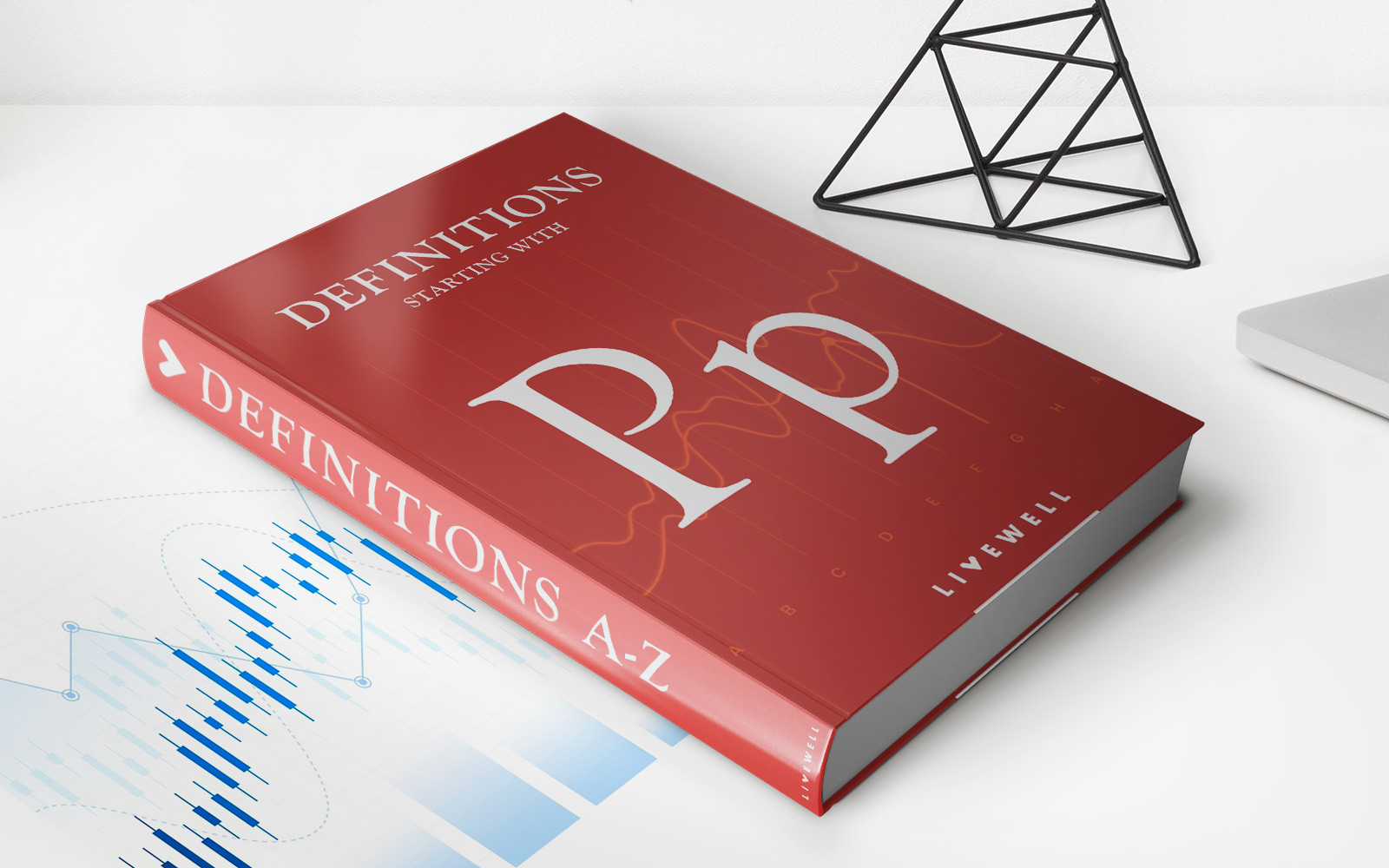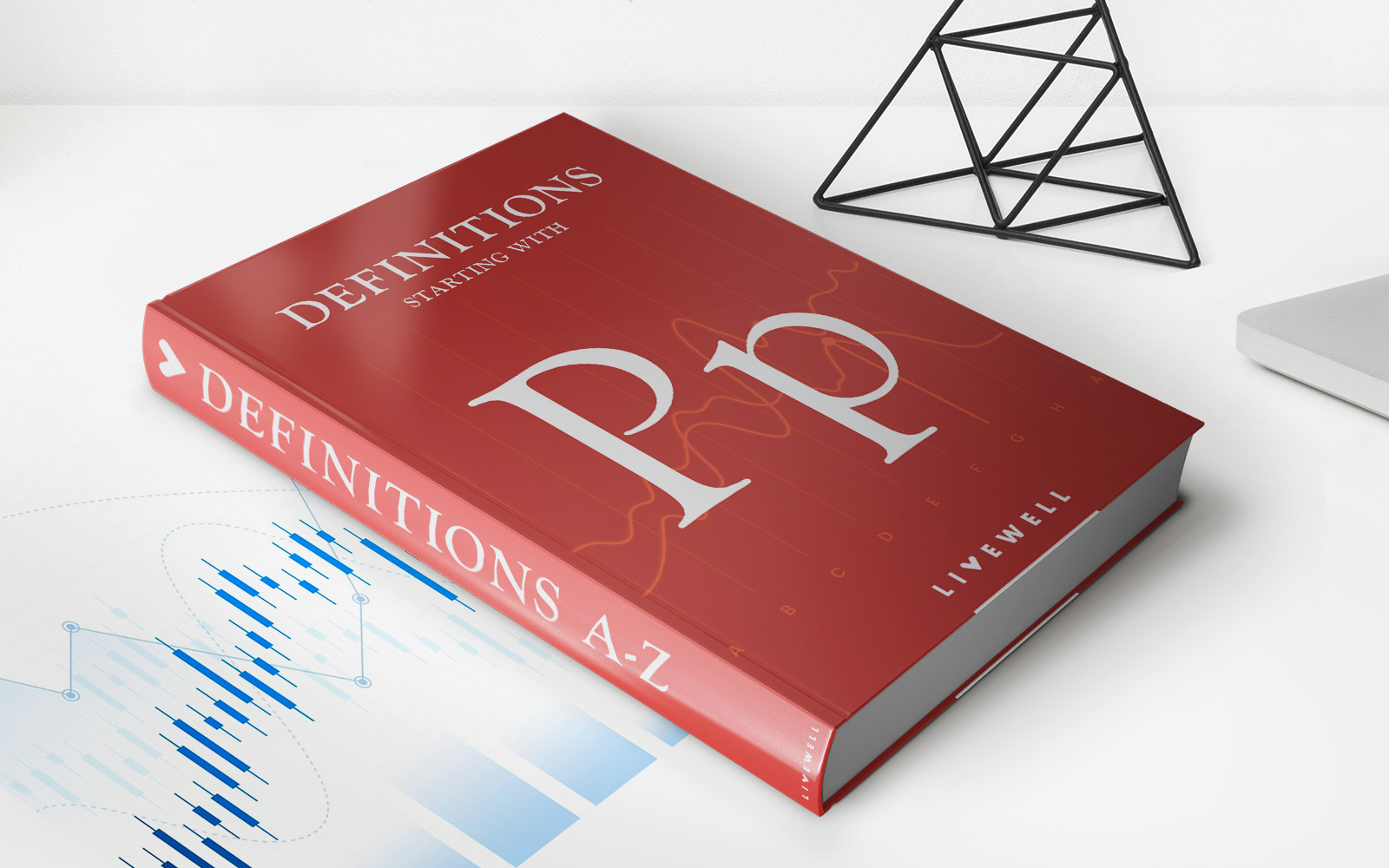Home>Finance>Concentration Ratio Definition, How To Calculate With Formula


Finance
Concentration Ratio Definition, How To Calculate With Formula
Published: October 31, 2023
Learn the definition and formula of concentration ratio in finance. Discover how to calculate it for your business to gauge market competitiveness.
(Many of the links in this article redirect to a specific reviewed product. Your purchase of these products through affiliate links helps to generate commission for LiveWell, at no extra cost. Learn more)
Understanding Concentration Ratio in Finance
When it comes to understanding the dynamics of an industry or market, the concentration ratio is an important metric that provides valuable insights. But what exactly is a concentration ratio, and how is it calculated? In this blog post, we’ll dive into the definition of concentration ratio and learn how to calculate it using a simple formula.
Key Takeaways:
- A concentration ratio provides an indication of the market power held by a specific number of firms within an industry.
- It helps to measure the degree of competition or market dominance within a sector.
What is Concentration Ratio?
In finance, the concentration ratio is a measure that determines the extent to which a market or industry is dominated by a small number of companies. It provides essential information about the competitive landscape and the potential impact of market concentration on pricing and competition. A high concentration ratio indicates a market with fewer competitors, while a low concentration ratio suggests more competition.
How to Calculate Concentration Ratio
The concentration ratio is calculated by summing the market shares of the leading firms within an industry. The market share is expressed as a percentage, representing the proportion of total industry sales contributed by a specific firm.
The formula to calculate the concentration ratio is as follows:
Concentration Ratio = Market Share of Firm 1 + Market Share of Firm 2 + … + Market Share of Firm N
Where, N represents the number of leading firms being considered in the calculation.
Why is Concentration Ratio Important?
The concentration ratio plays a crucial role in assessing the level of competition and market structure within an industry. Here are a few reasons why it is important:
- Market Power: The concentration ratio helps determine the market power held by a few dominant firms. A high concentration ratio indicates a market with limited competition, potentially leading to higher prices and reduced consumer choice.
- Industry Analysis: By analyzing the concentration ratio, industry analysts can gain insights into the dynamics of an industry. It allows them to identify potential barriers to entry, market trends, and the potential for mergers and acquisitions.
- Regulatory Considerations: Concentration ratios are often considered by regulators to evaluate the impact of potential mergers or acquisitions on market concentration. High concentration ratios may raise concerns about antitrust violations or the need for regulatory intervention to ensure fair competition.
Conclusion
The concentration ratio is a vital metric in finance that helps us understand the level of competition within an industry. By calculating the concentration ratio, we can gauge the market power held by a few dominant firms, analyze industry dynamics, and identify potential regulatory concerns. It’s an essential tool for anyone interested in understanding the competitive landscape of a specific sector.
So next time you come across the term concentration ratio, remember that it’s a powerful indicator that provides insights into market dominance and competition within an industry.














